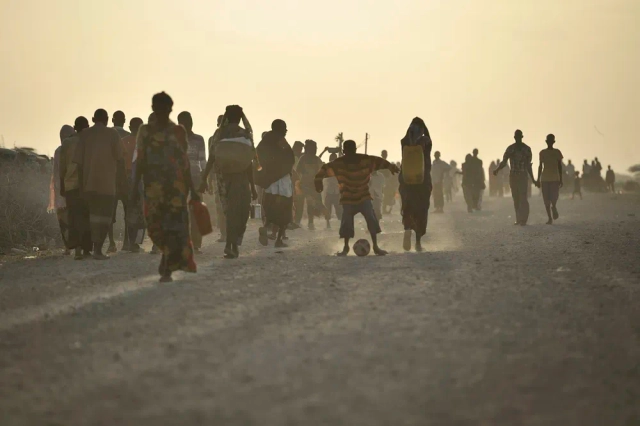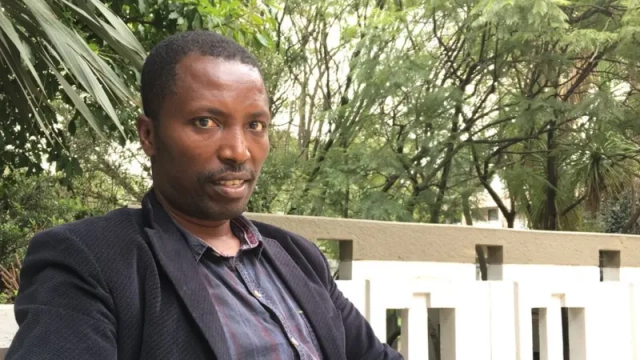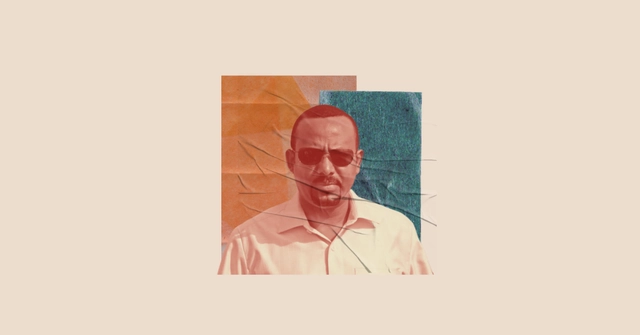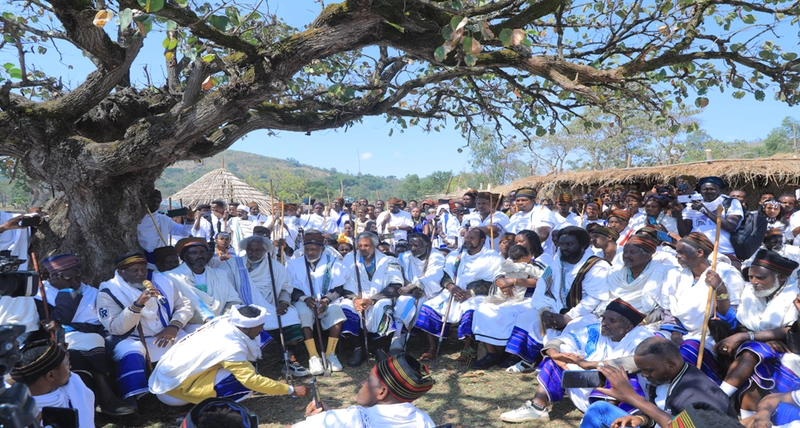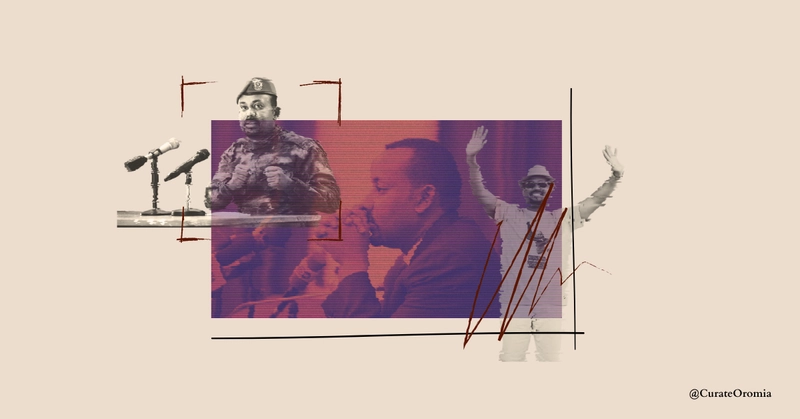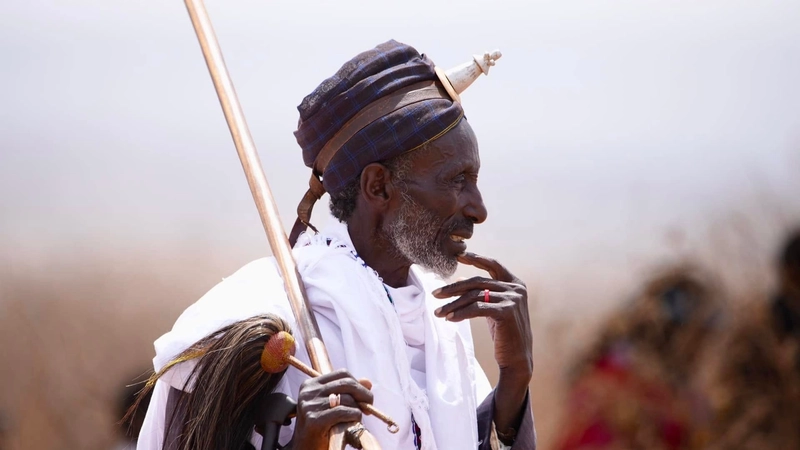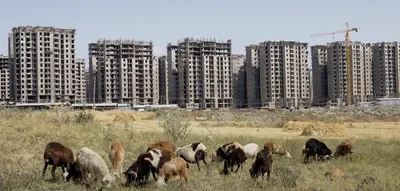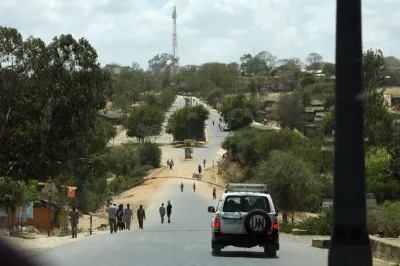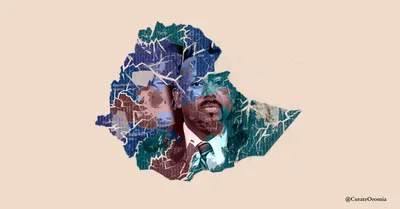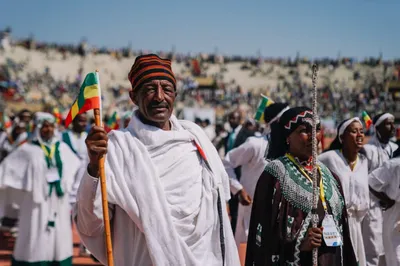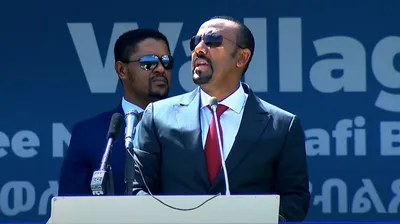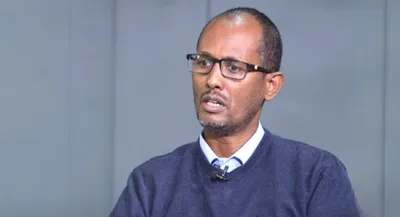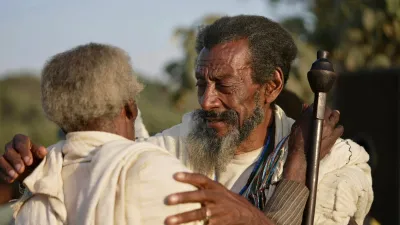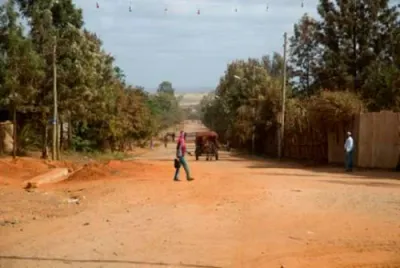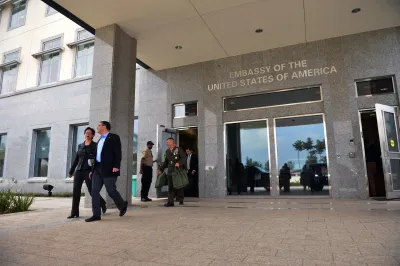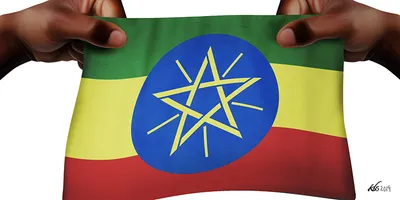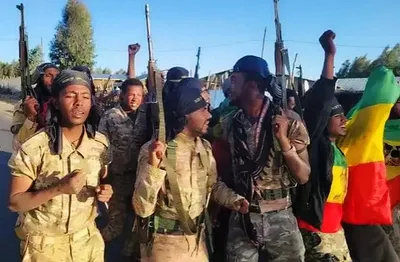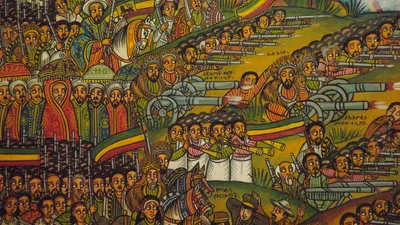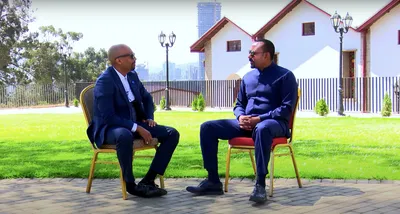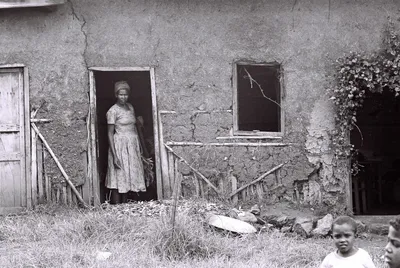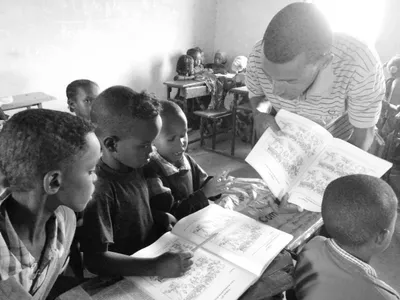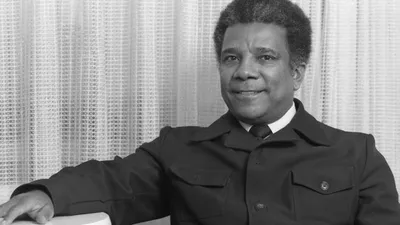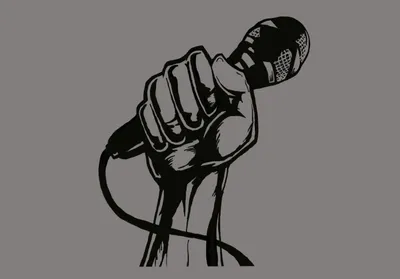Analysis
Ethiopia’s disintegration will not only redraw the displacement map of the 21st century but will also fundamentally destabilize the Nile Basin, the Red Sea corridor, and global migration patterns.
Taye Dendea’s trajectory, from political prisoner to government minister and back to prison, signifies more than individual persecution.
In Oromo tradition, the first coffee plant is believed to have sprouted from the tears of Waaqa, the word for ‘God’ their indigenous religion.
The political crises in Ethiopia are rooted in competing visions of state, identity, and citizenship.
Under Prime Minister Abiy Ahmed of Ethiopia, the distinction between war and politics has blurred.
Guji Land is believed to be located between 43°N and 41°N latitudes and 40°38’E and 60°38’E longitudes, administered in two Guji Zones, East and West.
Ethiopia’s Prime Minister Abiy Ahmed appears intrinsically incapable of backing down from retribution and is rarely satisfied with punishments that fall short of eliminating his critics or those he perceives as potential threats to his power.
A PhD student specializing in indigenous governance systems reflects on the 72nd Borana Oromo Gadaa power transfer ceremony that took place in early March in Oromia, Ethiopia’s largest state.
Get the latest from Curate Oromia straight to your inbox

